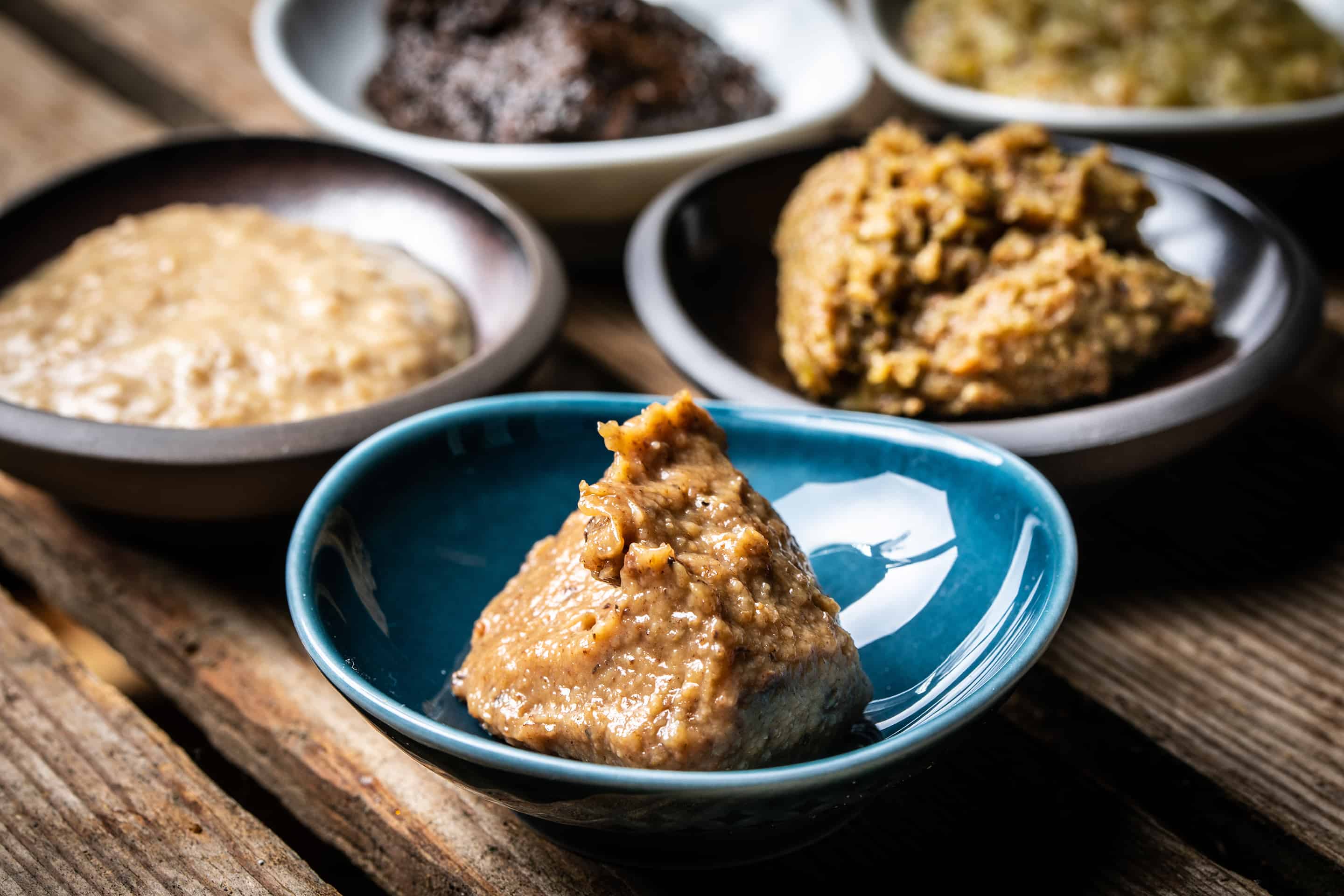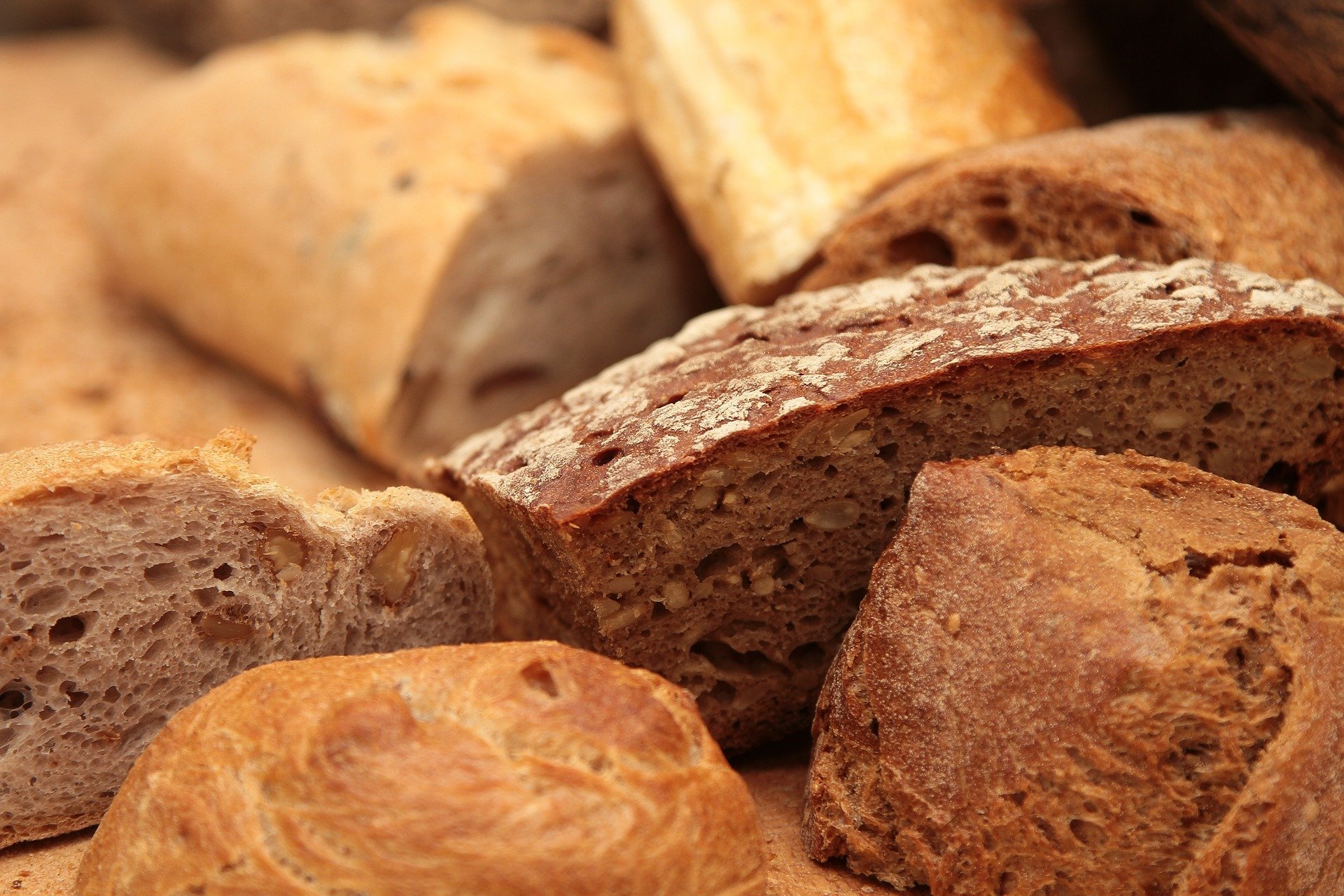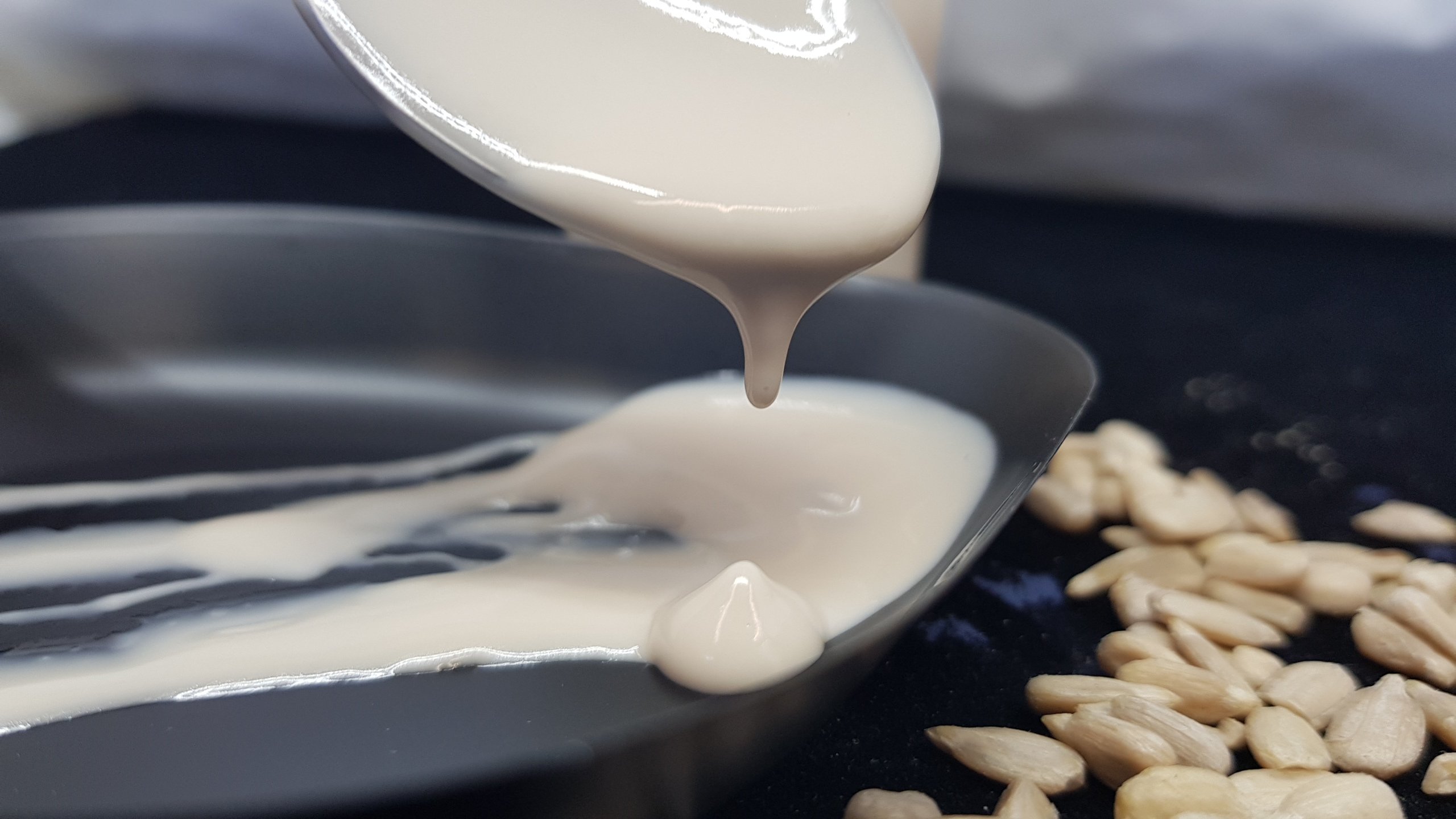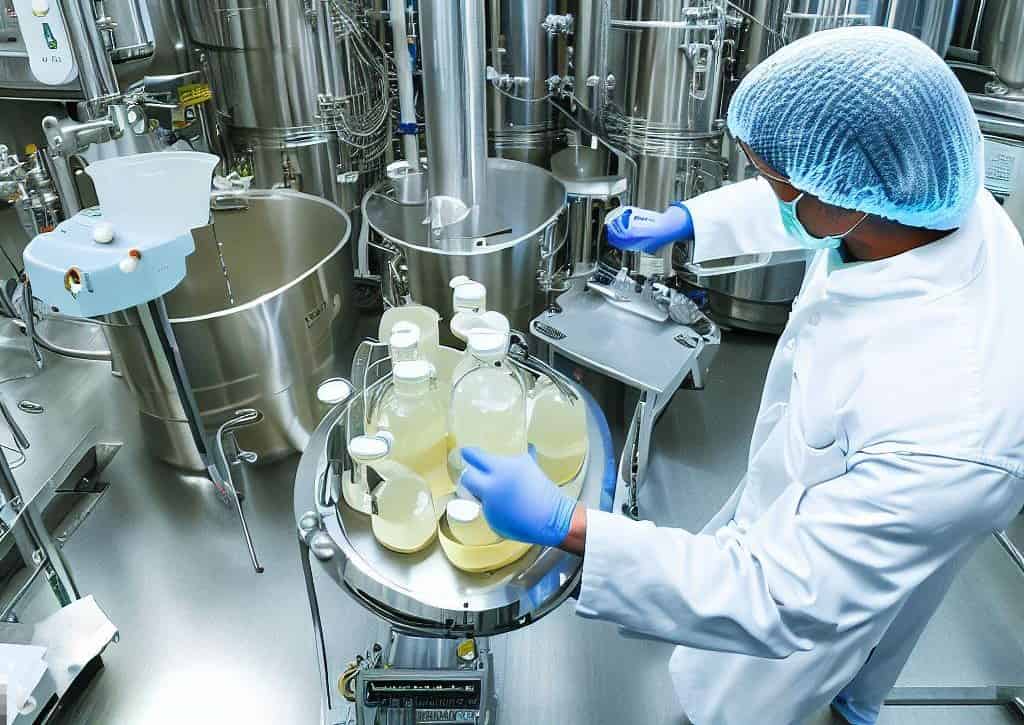
To feed the world in the future, we need to find other ways to obtain sufficient protein. For example, through fermentation. That is why a new lab will soon open in Smaakpark Ede in the Netherlands, where experimentation with these techniques can be done. Visitors can taste this innovative food in the on-site restaurant. “It’s not just a lab, it’s a fermentation environment.”
The new lab will be 110 square meters in size. It is a joint initiative of Smaakpark Ede, Foodvalley NL and Wageningen University & Research (WUR). Companies, entrepreneurs, and institutions can use the facilities, on request, to experiment with fermentation. A greenhouse complex and several breeding ponds are being built next to the lab. Organizations can share the equipment with others thanks to the Shared Facility Finder. This lowers the costs. This means that newly started companies, who usually don’t have access to a lot of money, can use the facilities for a low price. Several parties have already registered, such as Aeres MBO Ede and WUR.
“By sharing the facilities with each other, knowledge is also exchanged,” says Petra Roubos, Lead Shared Facilities of Foodvalley NL. The idea of the fermentation lab came from Smaakpark Ede, a real innovator in the field of fermentation. “They needed money for the development of the lab. Together with Smaakpark we made sure to gather those subsidies.” The lab is scheduled for completion around June next year.

Next phase of the protein transition
“This is an important step for the protein transition in the Netherlands,” says Jeroen Willemsen, Innovation Lead Manager of Protein Transition at Foodvalley NL. Willemsen is also known as the protein commissioner of the Netherlands. “The lab will be used to develop and test new plant-based products. For the production, we want to connect with local parties. We also want to offer parties that want to develop in the field of fermentation an environment that produces scalable, affordable and edible products. The protein transition is entering the next phase.”
The fermentation lab fits within the National Protein Strategy of the government. One part of this strategy is the so-called Bean Deal. Point 4.11 from that document reads as follows: Regio Foodvalley, Foodvalley NL and Smaakpark are investigating the possibilities of realizing equipment for testing and scaling up innovative, tasty products based on locally grown legumes, such as those obtained via fermentation.” With the arrival of the new lab, this point is being met.
To taste is to know
Everything that is produced in the lab can also be tasted in the nearby restaurant. This way, the consumer is immediately involved in the process. This makes the new lab a unique environment where not only development takes place but also testing. “A new group of Dutch people must be reached who haven’t yet changed their mind about eating plant-based food,” Willemsen says, continuing his story. “Therefore, it is important that the consumer is closely involved in the products that are developed in the lab.”
According to Willemsen, the greatest challenge for the current transition is neophobia: the fear of the new. It is therefore important that fermented products resemble products people already know as much as possible. “Of course, it has to be tasty and affordable, but the most important thing is that it fits the habits and routines we have acquired.”
He uses the light bulb as a metaphor: “The light bulb was abolished ten years ago. Everyone understood that it was madness. Eighty percent of the energy was lost as heat. Then, in came a replacement that resembled the light bulb we already knew like two drops of water. So if you want to change something, you must stay as close as possible to what people already know. The same train of thought applies to plant-based variations of meat and dairy products; fermentation offers a solution for this.”
Mountain of meat and dairy valley
The switch to other proteins is nothing new, actually. “We have already had the protein transition. It has just gone in the wrong direction,” says Willemsen. “In 1950, the Dutch got about fifty percent of their proteins from plant sources and fifty percent from animal sources. In the past generations, we created a mountain of meat and a dairy valley. Nowadays, sixty percent of our protein comes from animal sources. The (new) protein transition is, therefore nothing more and less than restoring the more sustainable balance that we had about seventy years ago.”

To make a start on this, together with Smaakpark, the project ‘Ferder met eiwit dichterbij (which basically means to keep a closer tab on our protein consumption in the future), with the F for fermentation. Together with several partners, new products are developed that are served in the restaurant. The raw materials for these dishes come from entrepreneurs in the region.
“A plant-based herb cheese has been developed based on locally grown lupine. It will be used in a pasta dish. They are now testing whether it tastes good, but also how you can present it on the menu. Consumers can therefore, immediately provide feedback. That is extremely valuable for the protein transition.”







